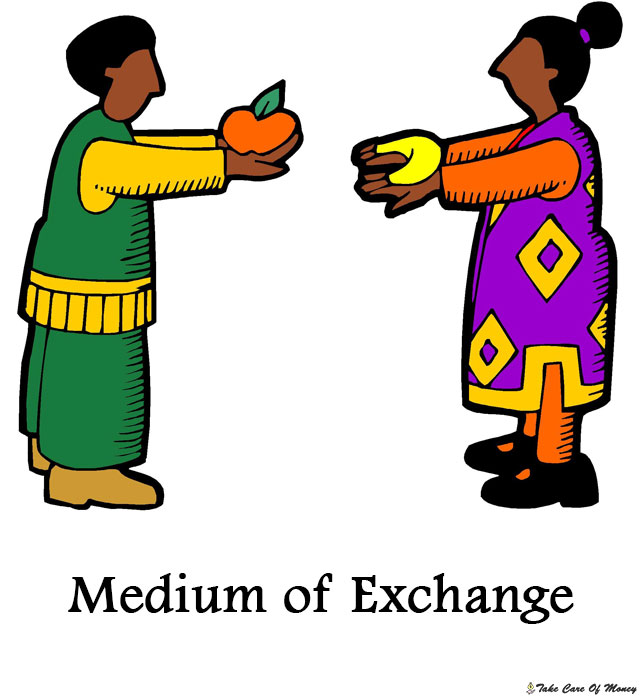Table of Contents
A medium of exchange is a unit of measure that allows an exchange of goods or services at a specific time and place and that is accepted by all participants.
In a simple way, it is a way to exchange merchandise with the intermediation of vouchers or similar that reflect the value of these. The money, it is one of the best known means of exchange and, in addition, it is also a means of payment and, therefore, serves to buy goods and services or to pay off debts and also for the exchange between economic agents.
Origin of Medium of Exchange
The reason for being we must place it in the fairs of Commerce of the European medieval. The participants carried some gold and silver for contingencies. But carrying those coins was risky and they carried only small amounts. Therefore, at the fairs there was a place where you could obtain those vouchers for an approximate value of the merchandise.
Once he got that medium of exchange, he could buy from other merchants and these in turn. In this way, everyone admitted this unit of measure and we can say that he did a job similar to money, but only at that fair. Once finished, they returned the vouchers and if what they delivered was greater than what they received at the beginning, the difference was paid in gold or silver.
These vouchers were not a means of payment. In fact, it is simply a way of streamlining trade activity, offering the participant a series of guarantees. Among them, the most important was security. On the other hand, these vouchers were not used for other fairs or for other transactions outside of it and could not be used all the time, but only at that particular moment.
In the case of debts or a purchase of goods or services made at a different site, only money served as a generally accepted means of payment. In the Middle Ages, in addition, only gold and silver were considered as means of payment (link to entry), since the money we know today was not yet created.
Examples of Medium of Exchange
Finally, we will show some examples of means of change. These could be the following:
- The money we know today, both the one that was once referenced in gold, and the fiduciary, which is backed by a central bank.
- The casinos, where the user receives a series of chips that can be exchanged for the services offered by these establishments.
- The medieval fairs mentioned above, in which the merchant received vouchers with which to acquire merchandise. Therefore, these would also be an example of a medium of change.
